Why should you become an Embedded developer?
The IT market is constantly growing! Embedded developer is one of the most sought-after and highly paid professions in the IT field. Why should you become an Embedded developer?

This site uses cookies and other technologies to provide safe experience.

Заповни форму та отримай
спеціальний Промокод
Ваше звернення отримано, ми зв’яжемось з вами найближчим часом!
This course is designed to most effectively teach the basics of electronics, automation and programming on ARDUINO platforms using the C/C++ language





We are doing the learning process
interesting and exciting
STEM-oriented approach. We teach from scratch, knowledge of programming language and sensors is not necessary!

The goal – is to achieve better learning of the material by solving technical problems. We are working on the Nanit SMART HOME constructor, which is a model of a Smart House
«I am very happy that such modern professions of the future as Robotics are being taught in Ukraine»
KonstantinWhen I learn, I not only learn more, but I can also make my home «Smart»
AndrewThe IT market is constantly growing! Embedded developer is one of the most sought-after and highly paid professions in the IT field. Why should you become an Embedded developer?
Opportunities for career and financial growth are practically unlimited. There is also the possibility of relocation to another country.
Due to the high demand for IT specialists, the wages of Embedded developers around the world are constantly and steadily increasing.
Comfortable working conditions, a social package, a flexible schedule are not all the benefits of the Embedded developer profession.
Robot programming
Knowledge of coding, engineering
Knowledge of coding, engineering
Knowledge of coding, engineering
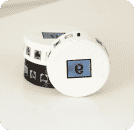
Training takes place with the Nanit SMART HOME, which must be purchased in our store
Sign up for the course «Smart house on Arduino»
Training takes place with the Nanit STEM SMART HOME, which must be purchased in our store
You leave an online application on the website and wait for a call
Online training or video lessons
You pay for the course and the Nanit kit in a convenient way for you
You learn and slowly begin to admire the world
Our teachers have higher technical education at universities in the USA and Ukraine. Work experience in design bureaus.
Groups are formed with only 10 people. Personal tasks according to the level.
We provide students with all the necessary equipment and accessories.
We study all technical terms in English.
Graduated from Donetsk National Technical University (DonNTU). He considers B&O multimedia systems (home theaters) his hobby. He has been teaching the "Smart Home" course for over 5 years, has graduated over 500 Smart Home Engineers

Teaching others is my purpose in life. Python developer. 2+ years of intensive Python learning. Before that, I programmed microcontrollers in C / C ++. I develop highly loaded services for business, and also study Machine Learning
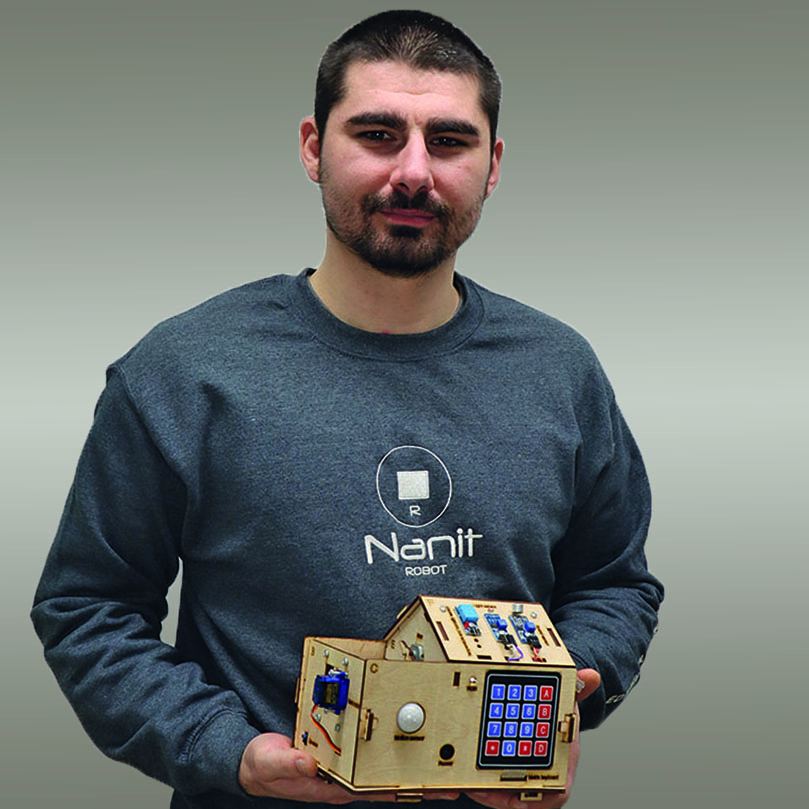
Educates future engineers of "Smart Houses". Design engineer: excellent command of EasyEDA printed circuit board design programs, SOLIDWORKS 3D modeling, as well as perfect command of soldering equipment of all levels of complexity.
Currently, there is a shortage of Smart Home infrastructure designers on the market
Salary per month
Available vacancies on job search sites
Salary per month
Available vacancies on job search sites
Salary per month
Available vacancies on job search sites
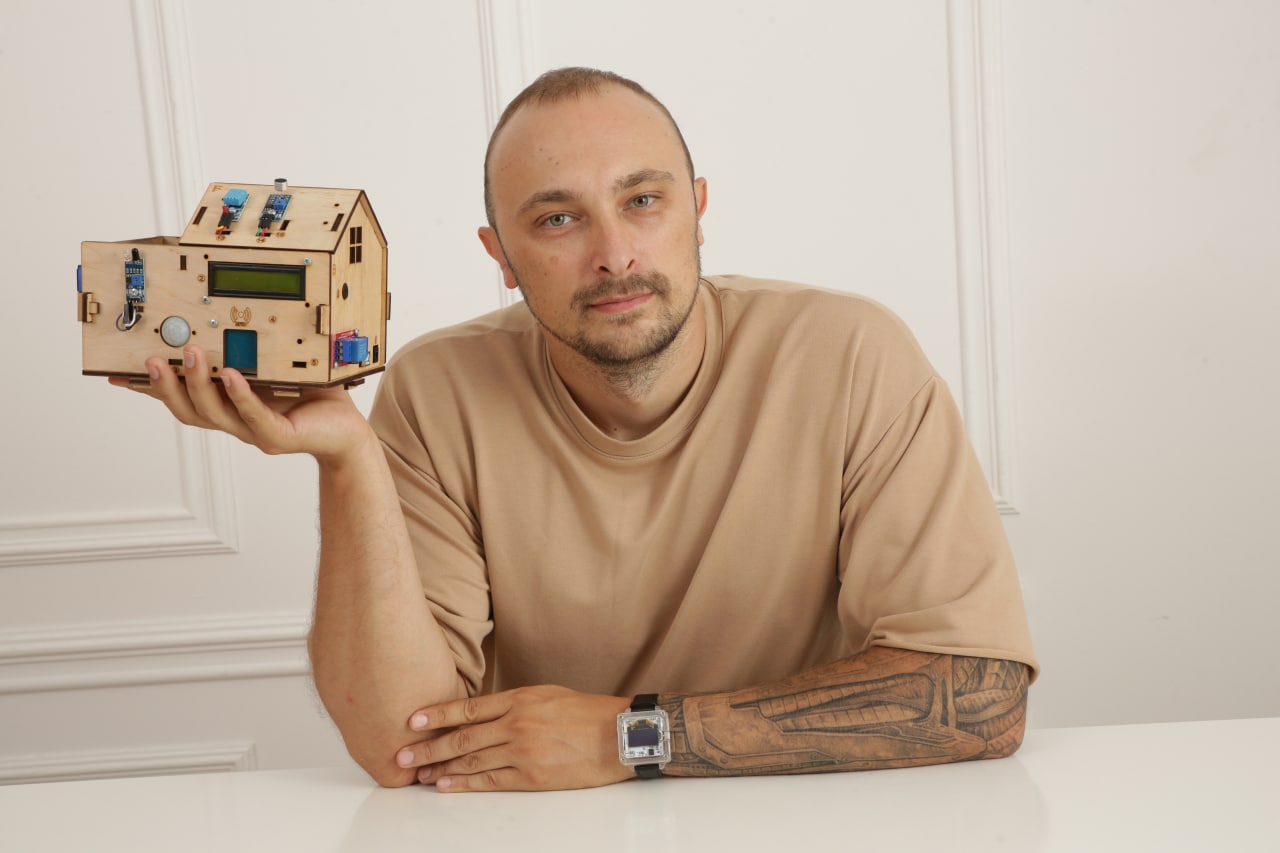
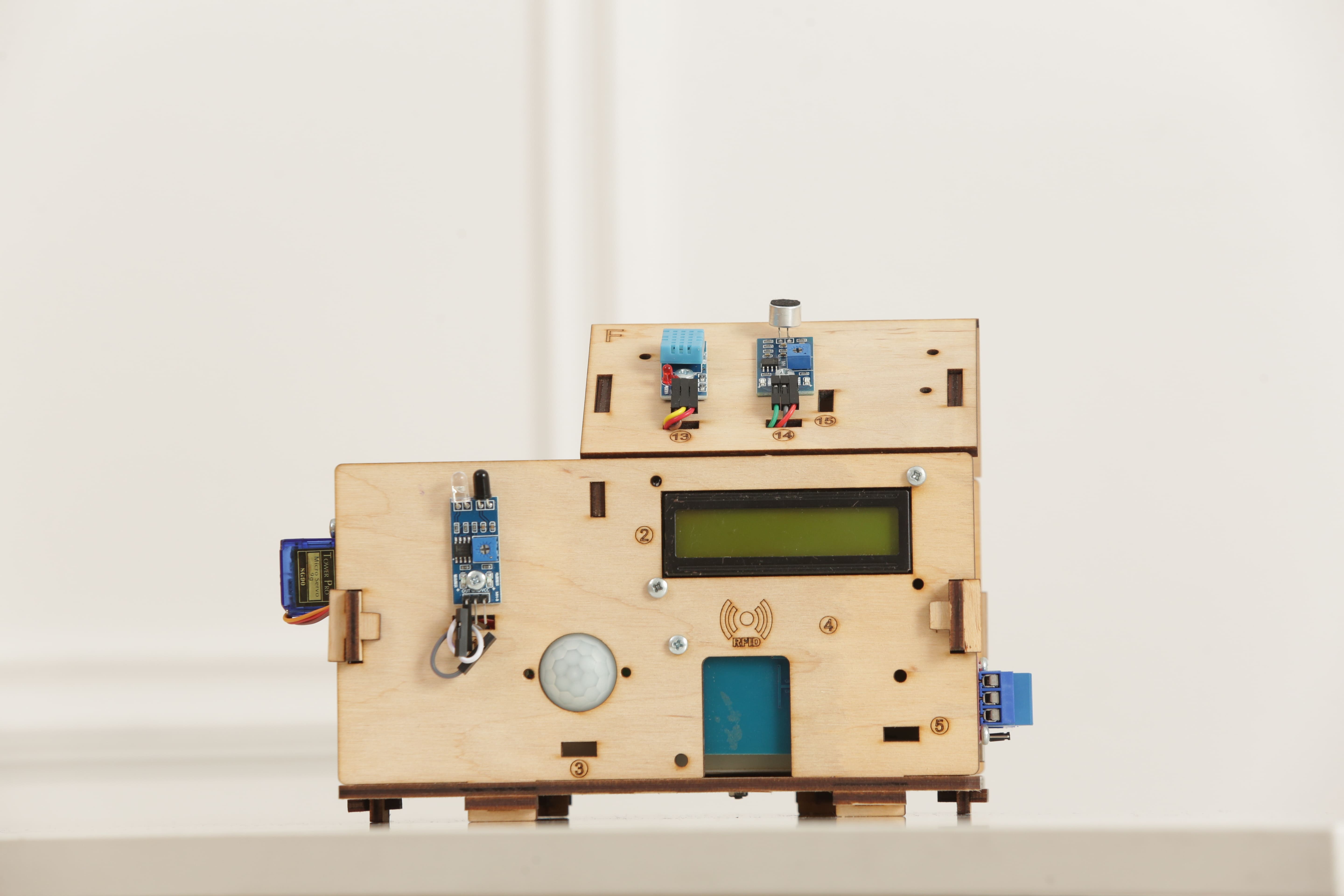

I really liked the trainer and the idea of the course! An interesting program, presentation of the material at the level, and most importantly, interesting practice.

Always interested in electronics and programming. This course helped to learn new skills and find a new job

Easy and accessible presentation of the material, the teacher explains everything and gives answers in chats. The feedback works very well, which allows me to learn the material better. Satisfied with the course
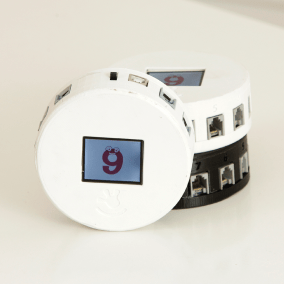
A set of components for training on the Smart House course on Nanit SMART HOME
How are the classes?
01. How do classes take place?
Why can you learn?
For training, we use the model of the Smart House, each student has his own set of components. 70% of the material is a practical part, so we can guarantee the quality of knowledge that you will receive after completing the course.
Where will skills and knowledge be needed?
Where will skills and knowledge be needed?
How effective is your approach to learning?
04. How effective is your approach to learning?
Fill out the form and start studying today. Give us a call and we will answer your questions